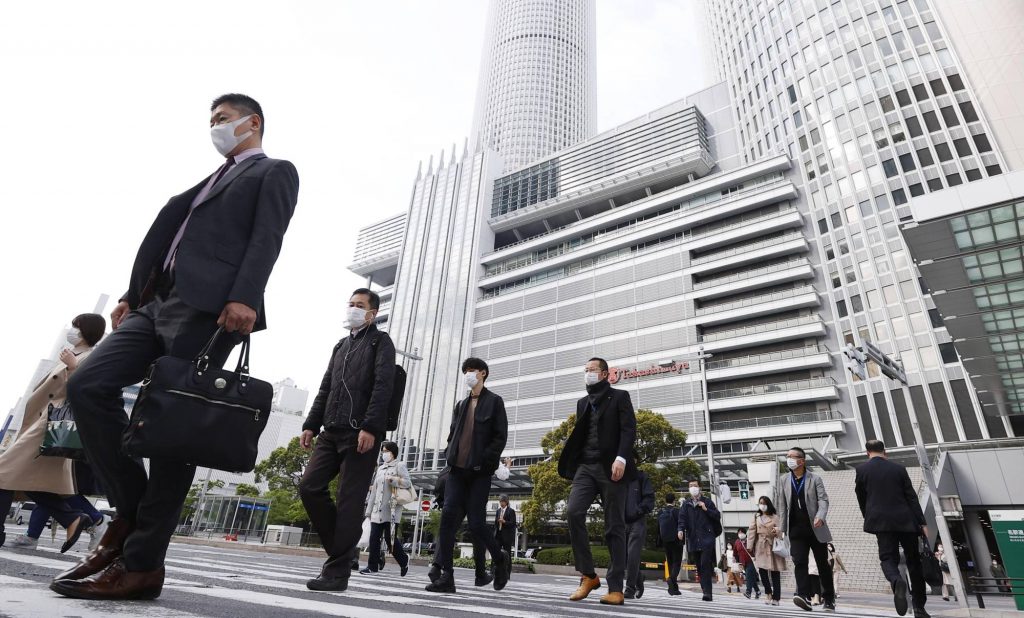The Asia-Pacific office market experienced a challenging year in 2024, with prime rents resuming their decline after a brief period of stability.
Global consultancy Knight Frank’s Asia-Pacific Prime Office Rental Index for Q4 2024 shows a 1.6% drop in prime office rents over the full year, an improvement from the 2.4% decrease observed in 2023.
Despite the overall trend of declining prime rents in Asia-Pacific, 16 out of 23 monitored cities reported stable or increasing rents year-on-year, with Australian cities and Japan showing particular resilience.
Australian markets are projected to see some of the most substantial rental uplifts due to a contracting development pipeline. Brisbane emerged as a bright spot, leading the region with a strong 11.8% rental growth in 2024. This growth was attributed to sustained occupier demand and property owners pushing higher face rents to support valuations.
Regional vacancies are expected to rise, with rents likely to soften by 2 to 3%, primarily due to weak demand in Chinese mainland markets. Tokyo saw 3.9% year-on-year and 0.8% quarter-on-quarter increases in the prime office rents, suggesting potential workspace expansions by Japanese companies could strengthen leasing activity, particularly in core business districts near major transport hubs.
On the other hand, occupier demand remained subdued in Chinese mainland markets, which continued to face slow economic growth and a high supply pipeline. This weakness in China significantly impacted the overall regional performance.
In contrast, vacancies regionwide fell for the second consecutive quarter, dropping 0.3 percentage points to 14.5% in Q4 2024. This improvement was largely due to tightening availabilities in India and Southeast Asian markets.
Christine Li, head of research, Asia-Pacific, Knight Frank, said “Although the region’s rent is expected to decline in 2025, much of the weakness is largely concentrated in Chinese mainland markets. The rest of Asia-Pacific is still expected to see moderate increases of 1 to 2%, with leasing volumes anchored by markets in India.
“Leasing activity will also remain healthy in Tokyo, as strong demand for new office developments will gradually tighten availabilities in the city. As inflation concerns subside in the region, geopolitics will be the key variable to watch in 2025.
“This shift in focus is likely to influence occupier behaviour, with many adopting a defensive stance and showing a strong preference for renewing leases rather than relocating. The region’s softening rents and ample new supply will be conducive to those looking to upgrade their office spaces.”
Tim Armstrong, global head of occupier strategy and solutions, Knight Frank, said, “Despite challenges in Chinese mainland markets, office space demand across Asia-Pacific is expected to remain resilient. The region is well positioned for growth, with strong office utilisation driven by sustained employment growth and stabilising workplace arrangements.
“The ample development pipeline continues to provide occupiers with opportunities to transform their workspaces, focusing on fostering employee productivity and engagement. While sustainability and access to talent remain primary drivers of occupier decisions, proximity to amenities and connectivity are rapidly becoming key differentiators, particularly for companies aiming to increase office attendance.
“While well-located prime offices lead the market, occupiers must adapt to varied economic trajectories and supply conditions when developing their space strategies.”
Looking ahead, the Asia-Pacific office market is poised for significant changes in 2025, with a 7% increase in prime Grade A office space expected, up from 4% in 2024. Over 40% of the region’s new supply will be delivered to mainland Chinese markets.

























